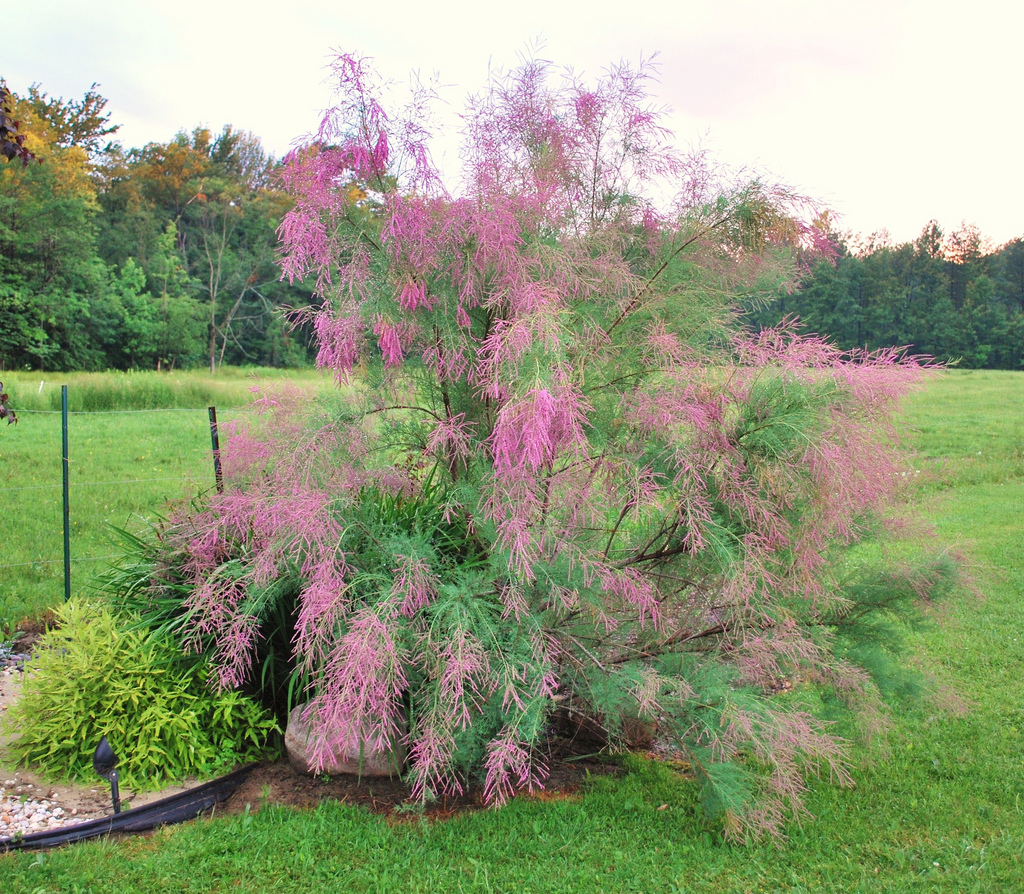STUDY OF CHEMICAL COMPOSITION OF TAMARIX RAMOSISSIMA ESSENTIAL OIL
Abstract
Samples of essential oil from Tamarix ramosissima plant growing in the Astrakhan region were obtained by steam distillation and the dependence of its yield on the vegetative period of the plant was studied. The duration of the process of steam distillation was established experimentally on the basis of a study of the dynamics of the change in the yield of essential oil in time. The yield of essential oil was determined in % by weight of absolutely dry raw material. The largest yield of essential oil was obtained from plants in the flowering phase (0,23–0,3%). By method of gas-liquid chromatography carried out a quantitative analysis of the main components of essential oil Tamarix ramosissima. The quantitative content of essential oil components was calculated from the areas of gas chromatography peaks without the use of correction factors. Qualitative analysis was carried out by comparing the linear retention indices. It was found that the composition of the essential oil of Tamarix is very specific. It includes hydrocarbons (9,51%), alcohols (3,46%), aldehydes (2,55%), monoterpene hydrocarbons (5,4%), oxygenated terpenes (23,06%), sesquiterpene hydrocarbons (1,48%), oxygenated diterpenoids (3,37%), and a significant amount of fatty acids and their esters (45,43%). The main components of the essential oil are tetrahydrogeranilacetone (21,35%), nonane (12,63%), decanoic (9,82%) acids and dihydroactin diolide (5,40%).
Downloads
Metrics
References
Sultanova N., Makhmoor T., Abilov Z.A., Parween Z., Omurkamzinova V.B., Atta-ur-Rahman, Iqbal Choudhary M. J. Ethnopharmacology, 2001, vol. 78, no. 2-3, pp. 201–205.
Choi D.W., Leininger Muller B., King Y.C., Leroy P., Wellman M. Free Rad. Res., 2002, vol. 36, no. 8, pp. 893–903.
Fujita Y., Uehara I., Morimoto Y., Nakashima M., Hatano T. Yakugaku Zasshi, 1998, vol. 108, no. 2, pp. 129–135.
Yu L., Scanlin L., Wilson J., Schmidt G. J. Food Sci., 2002, vol.67, no. 2, pp. 582–585.
Singleton V.L., Rossi J.A.J. Am. J. Enology and Viticulture, 1965, vol. 16, no. 3, pp. 144–158.
Naija D.S., Bouzidi A., Boussaada O., Helal A.N., Ali Mahjoub A., Echafai N., Mighri Z. Eur. Sci. J., 2014, vol. 10, no. 18, pp. 201–219.
Saïdana D., Mahjoub M.A., Boussaada O., Chriaa J., Chėraif I., Daami M., Mighri Z., Helal A.N. Microbiol. Res., 2008, vol. 163, no. 4, pp. 445–455.
Agrawal P.K. Planta Med., 1991, vol. 57, no. 4, p. 397.
Merfort I., Buddrus J., Nawwar M.A.M., Lambert J. Phytochemistry, 1992, vol. 31, no. 11, pp. 4031–4032.
Ji L., Xu Z., Pan J., Yang J. Zhongguo Zhong Yao Za Zhi., 1997, vol. 22, no. 6, pp. 360–362.
Pravila sbora i sushki lekarstvennykh rastenii. [Rules for collection and drying of medicinal plants]. Moscow, 1985, 321 p. (in Russ.).
Tkachev A.V. Issledovanie letuchikh veshchestv rastenii. [Research of volatile substances of plants]. Novosibirsk, 2008, 969 p. (in Russ.).


This work is licensed under a Creative Commons Attribution 4.0 International License.
The authors, which are published in this journal, agree to the following conditions:
1. Authors retain the copyright to the work and transfer to the journal the right of the first publication along with the work, at the same time licensing it under the terms of the Creative Commons Attribution License, which allows others to distribute this work with the obligatory indication of the authorship of this work and a link to the original publication in this journal .
2. The authors retain the right to enter into separate, additional contractual agreements for the non-exclusive distribution of the version of the work published by this journal (for example, to place it in the university depository or to publish it in a book), with reference to the original publication in this journal.
3. Authors are allowed to post their work on the Internet (for example, in a university repository or on their personal website) before and during the review process of this journal, as this may lead to a productive discussion, as well as more links to this published work.











